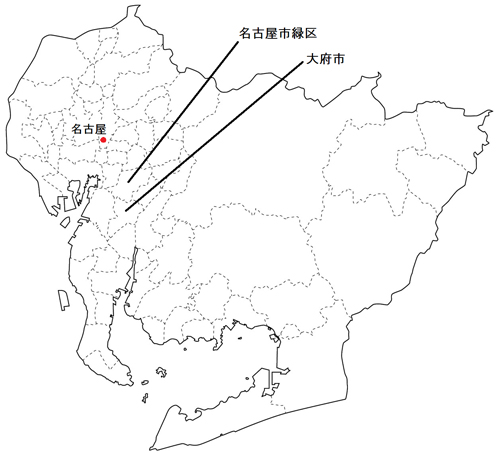Community Design for Preventing Dementia<CategoryⅡ>
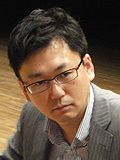
Project Director : Hiroyuki SHIMADA
(Chief,National Center for Geriatrics and Gerontology)
(Length:3years)
Project goals
1) To develop a program to train local residents to assess the cognitive functioning of older adults in the community
2) To develop a program to encourage older adults to participate in the activities that help prevent decline in cognitive functioning and dementia
3) To identify whether and how much introducing these programs can increase community dwellers’ interest in dementia prevention
Project overview
We urgently need to establish ways to prevent and treat dementia, but at present, no effective curative therapies have been established for Alzheimer's disease or cerebrovascular disease—major causes of dementia. Thus, preventing the onset of dementia plays an important role in the struggle against dementia.
To effectively prevent dementia, we need to identify elderly persons with a particularly high need for such treatment, or for whom the effect of treatment is expected to be remarkable. Mild cognitive impairment (MCI) refers to a state where affected individuals or their families may complain of cognitive decline (for example, forgetfulness), but where decline in cognitive functioning is not yet manifested as great problems in daily life. MCI is considered an early-stage precursor of dementia. We believe that staving off dementia at the phase of MCI is important to prevent dementia. Although methods of preventing dementia have not yet been established, the following factors are believed significant: 1) promoting habitual exercise; 2) ingesting foods high in antioxidants and anti-inflammatory ingredients; and 3) social participation, social networks, and participation in productive and intellectual activities.
We thus believe that, to prevent dementia, we must identify local residents who are at the phase of MCI, and gain their participation in our project to promote certain activities. We aim to increase the level of interest among the community membersin the prevention of dementia; hopefully, we can urge people to take on a proactive approach to dementia, rather than simply treat it as a problem suffered by other people. For this reason, we aim to create a place (community) where still-healthy middle-aged and elderly people can work together with people who are at the phase of MCI and thus at high risk of dementia.
Stakeholders
![]() The city of Obu, Aichi Prefecture
The city of Obu, Aichi Prefecture
![]() The district of Midori-ku, Nagoya
The district of Midori-ku, Nagoya
![]() Tokyo Metropolitan Geriatric Hospital and Institute of Gerontology
Tokyo Metropolitan Geriatric Hospital and Institute of Gerontology
![]() Graduate School of the University of Tokyo
Graduate School of the University of Tokyo
![]() Waseda University, Faculty of Sport Sciences
Waseda University, Faculty of Sport Sciences
![]() Tokyo Medical University, Department of Preventive Medicine & Public Health
Tokyo Medical University, Department of Preventive Medicine & Public Health
Community spotlight: The city of Obu and the Midori-ku district of Nagoya (Aichi Prefecture)
Obu (Aichi Prefecture) Obu is adjacent to the southern part of the city of Nagoya, at the entrance of the Chita Peninsula. It is a residential suburb, and has been organized and managed as a "healthy city" from the time of the first comprehensive planning policies in 1974. In 2006, Obu joined the WHO Alliance for Healthy Cities, and has been moving ahead with healthy urban development as outlined in the Charter for the Alliance for Healthy Cities. Obu is adjacent to Aichi Health Plaza, Kenko-no-Mori Park, and the National Center for Geriatrics and Gerontology.
 |
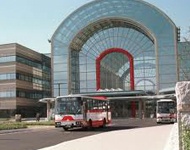 |
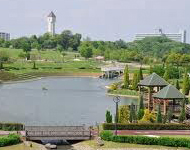 |
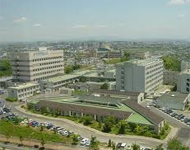 |
Midori-ku district, Nagoya The Midori-ku district of Nagoya is located in the southeastern part of the city of Nagoya, and is the most populous district within Nagoya. It contains a great deal of historically interesting sites, such as the Okehazama battlefield, ruins of Odaka Castle, and other sites connected with haiku poet Basho, as well as Arimatsu shibori dyeing—a traditional industry with around 390 years of history. Although the district community can boast a long history and tradition, Midori-ku is also home to some new residential and commercial facilities.
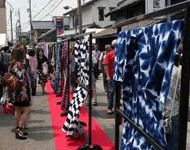 |
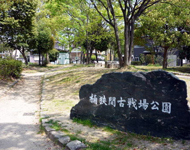 |
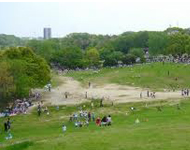 |
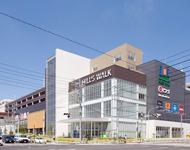 |
